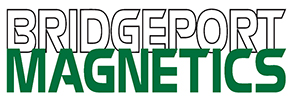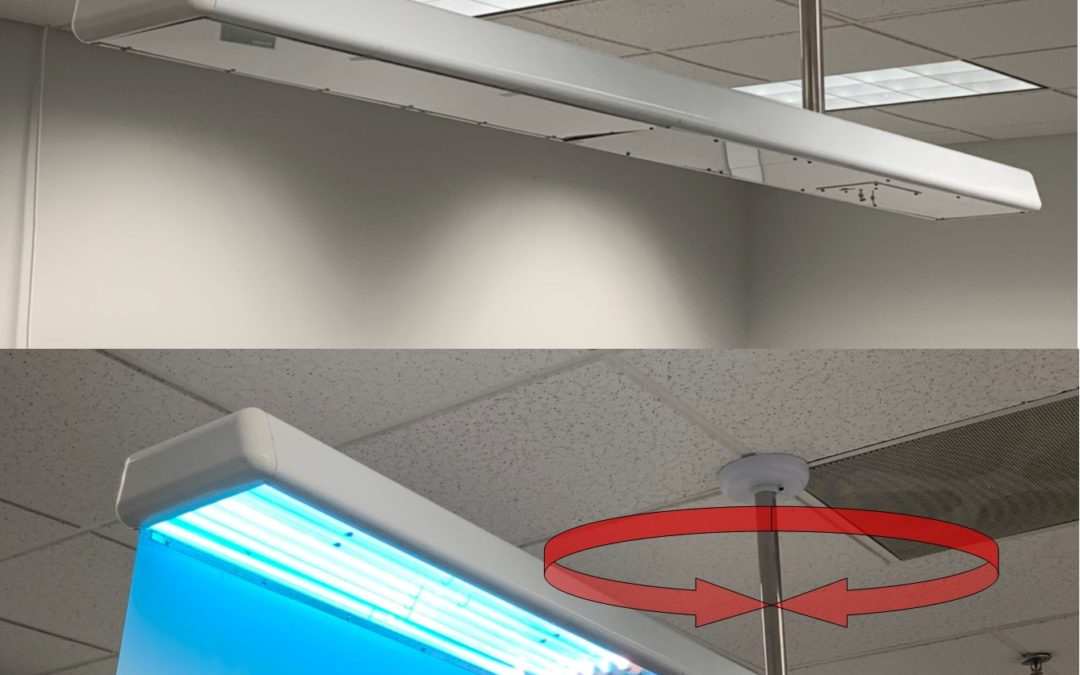ULTRASWEEP™

Overview
A Novel Approach to UV-C Healthcare Room Disinfection.
The growing problem of bacterial resistance to antibiotics is causing a global rise in the incidence of HAI (Hospital-Associated Infections). A recent study by CDC has shown that in the US in 2016 HAIs affected 5-10% of hospitalized patients in the US. Approximately 1.7 million HAIs occurred resulting in 99,000 deaths and an estimated $20 billion in healthcare costs.
Surfaces in hospital rooms are continually being contaminated with infectious pathogens such as MRSA, VRE, C-diff and others. The sources are people entering the room with contaminated hands and clothing, contaminated instruments, items that are brought in and out of the room such as personal and hospital issued mobile devices and from the patients themselves. In addition the air entering the room is not sterile and deposits pathogen carrying dust and aerosols onto surfaces.
It is also well established that pathogens residing on high-touch surfaces are transferred onto bare or gloved hands and clothing of hospital staff and visitors, putting patients at risk. Also, despite rigorous manual terminal cleaning, pathogens from previous occupants may survive and infect the next patient who is brought into the room.
In consequence a number of companies are now offering ultraviolet light (UV- C) based transportable disinfection devices for supplementing manual room cleaning. The devices are brought into the room and turned on, nominally disinfecting relevant surfaces in 15-20 minutes. The process must be carried out while the room is vacant due to the hazards of UV-C radiation to unprotected eyes and is normally performed after manual chemical cleaning by environmental workers.
The devices currently offered generally feature multiple UV-C emitting tubular lamps mounted vertically onto a wheeled base which is positioned centrally in the room and sometimes re-positioned for better coverage. Some systems feature multiple emitters which flood the room simultaneously from 3 points or more..
It is important to recognize that several factors contribute to the efficacy of the process:
- Distance. The intensity of radiation falls off exponentially with the distance from the source.
- Angle of approach. Horizontal high touch areas: Desks, table tops, chairs, beds, bed tables and bedding surfaces are important. Walls and ceilings not so much. Most current emitters feature columns or banks of vertical UVC tubes centered in a plane 3-4 feet above the floor, meaning that the majority of the radiation reaches horizontal surfaces at an oblique angle between 15 and 30 degrees. Unfortunately, at 30 degrees the surface receives only about half of the dose and for light traveling largely parallel to the surface the dose is virtually zero.
- Shadows. Many areas are cut off from a direct line of sight to the source by equipment and other objects and thus rely on reflection from walls at a much increased total distance from the source.
ULTRASWEEP is a UV-C surface sterilizing robot designed primarily for permanent installation in patient rooms, Intensive care units, emergency units, operating rooms and other venues presenting a high risk of infections.
The UV-C robot is 7 feet long and suspended from the ceiling by a single column terminated in a set of ball bearings located about 2 feet from the end. A motor and reduction gear serves to rotate the assembly slowly in a horizontal plane 7 to 8 feet above the floor. A sterilization cycle is performed in the course of two full revolutions, first clockwise and then counterclockwise, returning the unit to the starting point. A hinged panel in front of the lamps opens automatically at the start and closes at the end of the cycle.
The UVC emitters (high intensity mercury amalgam lamps and reflector are mounted on the underside of the 5 foot long section opposite the drive end. When energized, due to the slow, barely noticeable, rotation, all objects within the room will receive germicidal UV light from alternating directions.
ULTRASWEEP permanently installed below a suspended ceiling. The 40 lb. unit is counterweighted in balance. 120V 20A feed from above through the column.
Rendering of ULTRASWEEP ceiling mounted in a single bed patient room.
ULTRASWEEP installed in a two bed room. Can also be an ER ward with privacy curtains.
2 ULTRASWEEP units installed in an operating room.
The Competition: Elevation. Column based system in a two bed room. C denotes the lamp center plane. The angle of approach to horizontal surfaces is shallow, and the lower 50% of the lamps are less efficient.
ULTRASWEEP, Elevation. Shown 90 degrees and 270 degrees into the sweep. C denotes the center plane of the lamp section.
Floor plan of a patient room. ULTRASWEEP in parking position showing sweep circumference. The sectors are dwell zones intensifying dosing of critical areas, e.g. in front of the open bathroom door or to reach both ends of an elongated room.
The efficacy of the ULTRASWEEP system exceeds that of vertical, column based systems for several reasons:
- Oriented horizontally, enabling an improved angle of approach to most critical target surfaces.
- The vertical distance to beds, bedding, table tops, chairs and equipment is minimized, typically no more than 4-6 feet.
- Most surfaces which would be shaded from a stationary emitter are opened to a direct line of sight from time to time to the slowly moving source.
- Dosing can be customized to suit the room and furniture set up by programmed stops at selected angles during the sweep. For example the robot can be programmed to stop for a full minute or longer in front of an open bathroom door to thoroughly flood the location, or stop for a while at other areas deemed critical. This feature is also useful in order to provide coverage of an elongated room
- When installed permanently a customized cycle is duplicated again and again, eliminating the need for remote UV-C dosing sensors.
- ULTRASWEEP does not require a trained staff to move around and operate, often around the clock. Does not need complicated logistics to suit patient rotation.
- Does not take up storage space between uses.
- Maintenance is virtually zero.
- Life of UV lamps 13,000 hours equals 10 years+ of service.
- Low cost to purchase and install in new construction and to retrofit in existing facilities. Coverage in a hospital can be phased in gradually as funds become available.
UV-C radiation can damage eyes and skin so UV surface sterilization must be performed without persons in the room.
The unit is installed near the center of the room, typically 7-8 feet above floor level. It starts and ends the sweep in parking position, defined when it was installed. It is controlled by an RFID card reader or key-pad installed outside the room next to the entrance. The system captures use data (operator identity, date and time, and system status) which are stored on an on-board SD memory card.
The RFID card initiates the following actions:
- A green LED signals that the card code is received and accepted.
- A flashing amber light next to the panel signals that a sweep is in progress.
- A timing circuit starts counting down 30-60 seconds to lamps on.
- The panel in front of the lamps opens..
- A second timer allows 1 minute warm up for lamps to reach full output.
- Start customized sweep featuring programmed stop angles and dwell times. A loud interrupted- tone buzzer signals that a sweep is ongoing. Can be disabled if desired.
- An on board motion sensor stops the process if a person is detected in the room.
- Cycle time and total dose (time x watts UV-C output) is logged.
The cycle can be interrupted for necessary entry from the external control. When turned back on after an interruption, the sweep is resumed from the stop point and completed.
The cycle can be interrupted for necessary entry from the external control. When turned back on after an interruption, the sweep is resumed from the stop point and completed.
| Supply voltage | 120V or 230V, 50/60 Hz. |
| Input power` | 1,100 watts |
| Output, UV-C radiation | app. 350 watts |
| Sweep circle diameter | 12 ft. (366 cm) |
| Area coverage, typical | 400-500 sq.ft. |
| UV-C dose, horizontal surfaces | >50 mWs/cm2 (20- min cycle) |
| Time/720 deg. sweep | 20-40 min as programmed. |
Room specific, cyclic programmed, timed local pauses can enhance dosing of critical areas as
Related Products:
Bath 254
UV-C (254 nm) Ultraviolet Sterilization System.
BATH 254 is dedicated to surface sterilization of public restrooms, shared …
Read more
Reach Us
Contact Us for Information and Sales
6 Waterview Drive, Shelton, CT 06484


